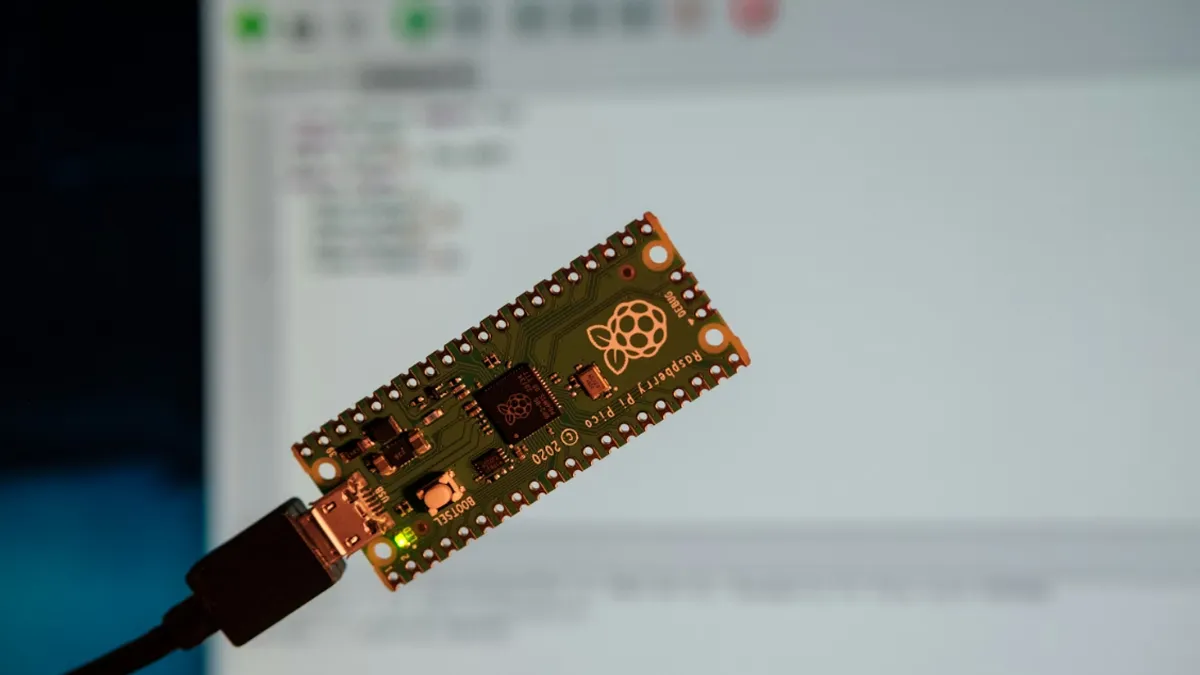
What is EMC Testing for Electronic Products Certification?
What is emc certification?
EMC, short for Electromagnetic Compatibility, refers to the ability of a device or system to operate as intended in its electromagnetic environment without causing or suffering unacceptable electromagnetic interference (EMI). EMC involves two key aspects:
- Control of Electromagnetic Interference (EMI): Ensures that electromagnetic disturbances (such as radiation) emitted during normal operation stay below certain limits to avoid interference with other devices. This involves techniques like circuit layout optimization, filtering, and shielding to minimize unnecessary emissions.
- Guarantee of Electromagnetic Susceptibility (EMS): Ensures that devices can withstand external electromagnetic disturbances and continue functioning properly. This requires considering EMC during design and implementing suitable protection measures.
EMC Certification Requirements by Country:
- European CE-EMC Certification: Governed by directive 2014/30/EU, covering both EMI and EMS aspects.
- US FCC Certification: Focuses only on emi testing and does not require EMS compliance.
- Canada ic certification: Managed by Industry Canada (IC), focusing on EMI compliance. Wired products are tested for conducted and radiated EMI, while wireless products undergo additional tests for bandwidth, spurious emissions, etc.
- China 3c certification: Includes EMI and EMS tests based on national standards. Different products follow different test criteria.
- Japan pse certification: Regulated under the Electrical Appliance and Material Safety Act. PSE requires products to comply with EMI requirements in addition to safety standards.
- Korea kc certification: Divided into safety certification and EMC certification since July 2012. EMC testing (covering both EMI and EMS) is required for products with oscillating components above 9 kHz.
- Australia C-Tick (RCM) Certification: Regulates EMI under self-declaration, governed by the 1992 Radiocommunications Act. Products must meet Australian standards to use the C-Tick mark.
EMC Test Items:
- emi tests:
- Radiated Emission
- Conducted Emission
- Harmonic Current Emission
- Voltage Fluctuations and Flicker
- EMS Tests:
- ESD (Electrostatic Discharge Immunity)
- RS (Radiated Susceptibility)
- CS (Conducted Susceptibility)
- Voltage Dips and Interruptions
- Surge Immunity
- EFT (Electrical Fast Transient Immunity)
- PFMF (Power-Frequency Magnetic Field Immunity)
CE certification Mark:
The CE mark must be proportionally scaled and displayed as shown in the official guideline.

Required Documents for EMC Application:
- Application form
- User manual
- Circuit diagram
- PCB layout
- List of critical components with related certificates (must be in English)
- Information about the European representative
Scope of CE EMC Certification:
Applicable to:
- Devices that may cause or be affected by electromagnetic interference, such as:
- Household appliances, power tools, lighting equipment
- Industrial equipment
- IT and multimedia devices
- Laboratory and control instruments
- Other electronic devices
Not applicable to:
- Devices covered by directive 2014/53/EU (RED)
- Aviation products, components, and equipment
- Amateur radio equipment
- Products under special directives
- Inherently benign equipment
Validity of CE Certification:
- ce certificates are generally valid for 5 years. If the applicable standards or directives are updated, re-evaluation and additional testing may be required.
- If the certificate expires but there are no changes in product manufacturing, suppliers, or processes, and customers accept the certificate, it can still be used.
Email:hello@jjrlab.com
Write your message here and send it to us
 Infant Support Pillow 16 CFR 1243/1242 & ASTM
Infant Support Pillow 16 CFR 1243/1242 & ASTM
 BRM Registration Card Under CFR Part 1130 Regulati
BRM Registration Card Under CFR Part 1130 Regulati
 How to get a D-U-N-S® Number for US FDA Registrati
How to get a D-U-N-S® Number for US FDA Registrati
 Household Massage Devices Compliance in the China
Household Massage Devices Compliance in the China
 Compliance for the Global In Vitro Diagnostic (IVD
Compliance for the Global In Vitro Diagnostic (IVD
 Compliance Guide for Nebulizers in European and Am
Compliance Guide for Nebulizers in European and Am
 Cybersecurity Certification Service for EU RED Dir
Cybersecurity Certification Service for EU RED Dir
 ANATEL Certification Compliance Guide for Brazil M
ANATEL Certification Compliance Guide for Brazil M
Leave us a message
24-hour online customer service at any time to respond, so that you worry!




